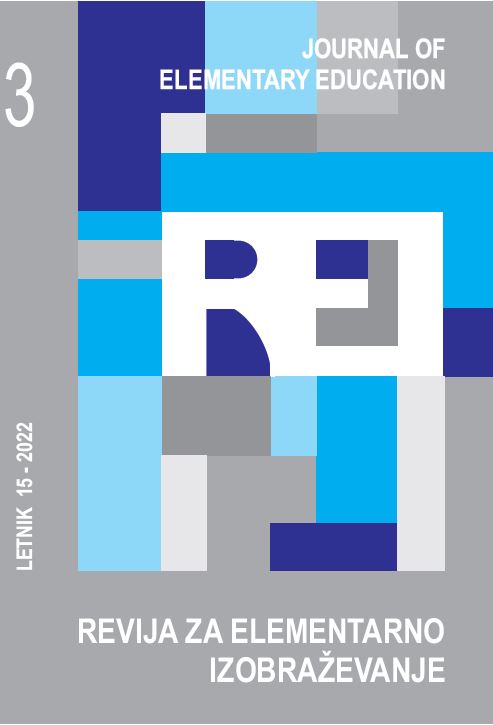Integration of Bilateral Coordination in Children’s Motor Learning Process
DOI:
https://doi.org/10.18690/rei.15.3.285-299.2022Keywords:
high jump, scissors technique, bilateral exercising, unilateral exercising, dominant legAbstract
The purpose of this research was to establish the differences in the bilateral and unilateral exercising effects on high jump performance using the scissors technique, with take-off from the dominant leg. As many as 74 participants aged 7 to 12, who were randomly chosen and divided into two experimental groups, took part in the study. The experimental groups had training twice a week for twelve weeks. Measurements were conducted at three points in time, and the results showed that the bilateral training intervention produced symmetrical effects equal to those from unilateral interventions of exclusively the dominant leg, which finding is extremely important for symmetrical muscular and locomotor development, as well as for a practical approach to children.
Downloads
Published
Issue
Section
License
Copyright (c) 2022 Sanja Ljubičić, Ljubomir Antekolović, Vilko Petrić

This work is licensed under a Creative Commons Attribution 4.0 International License.
